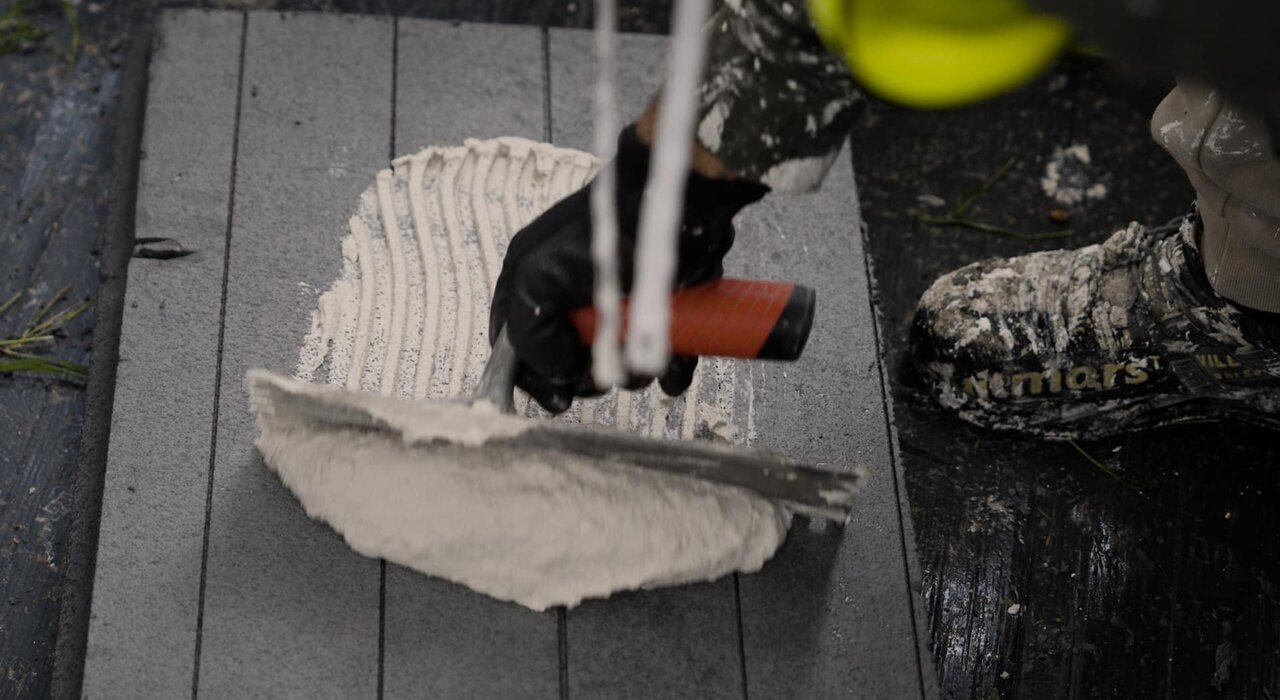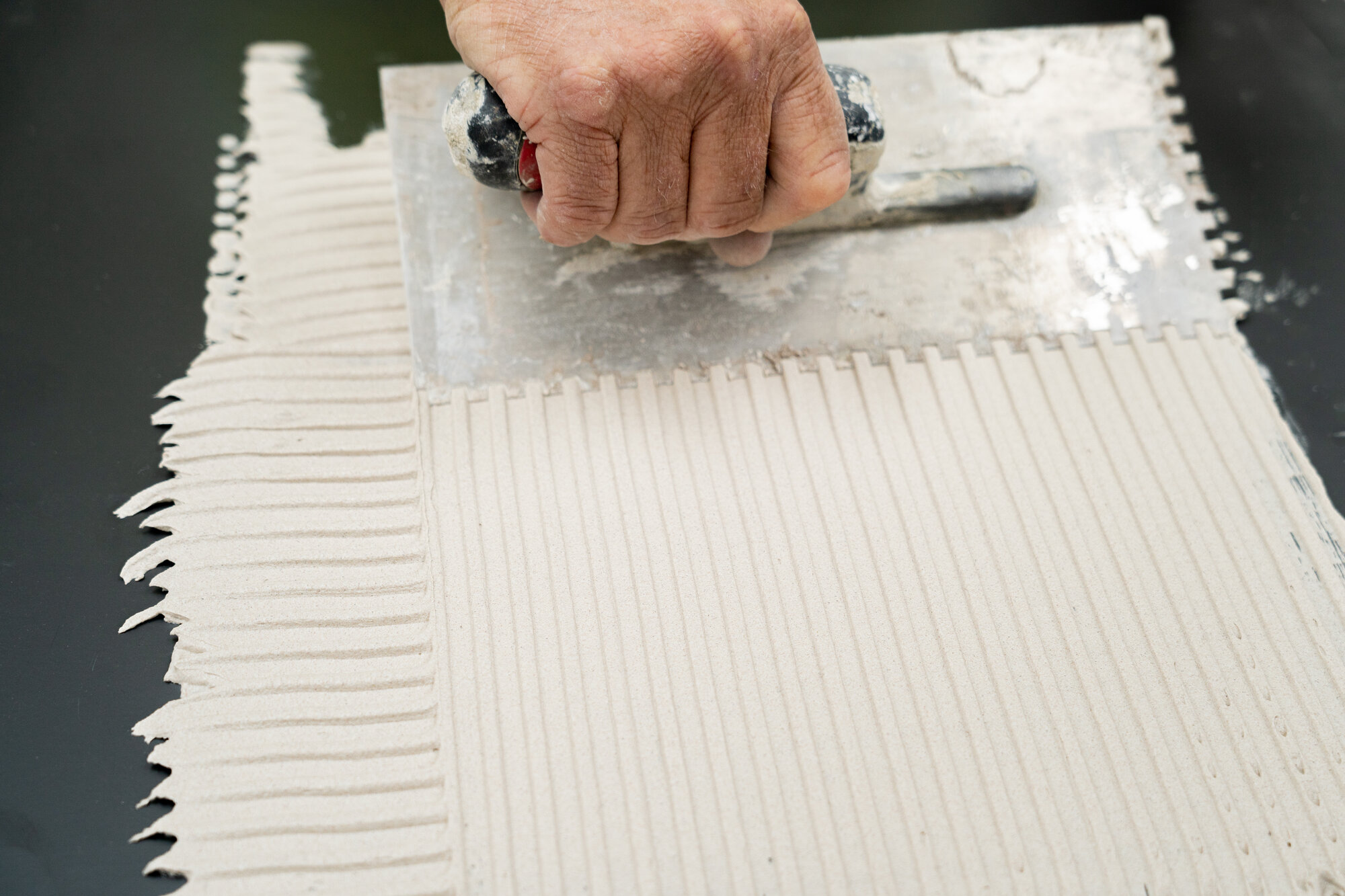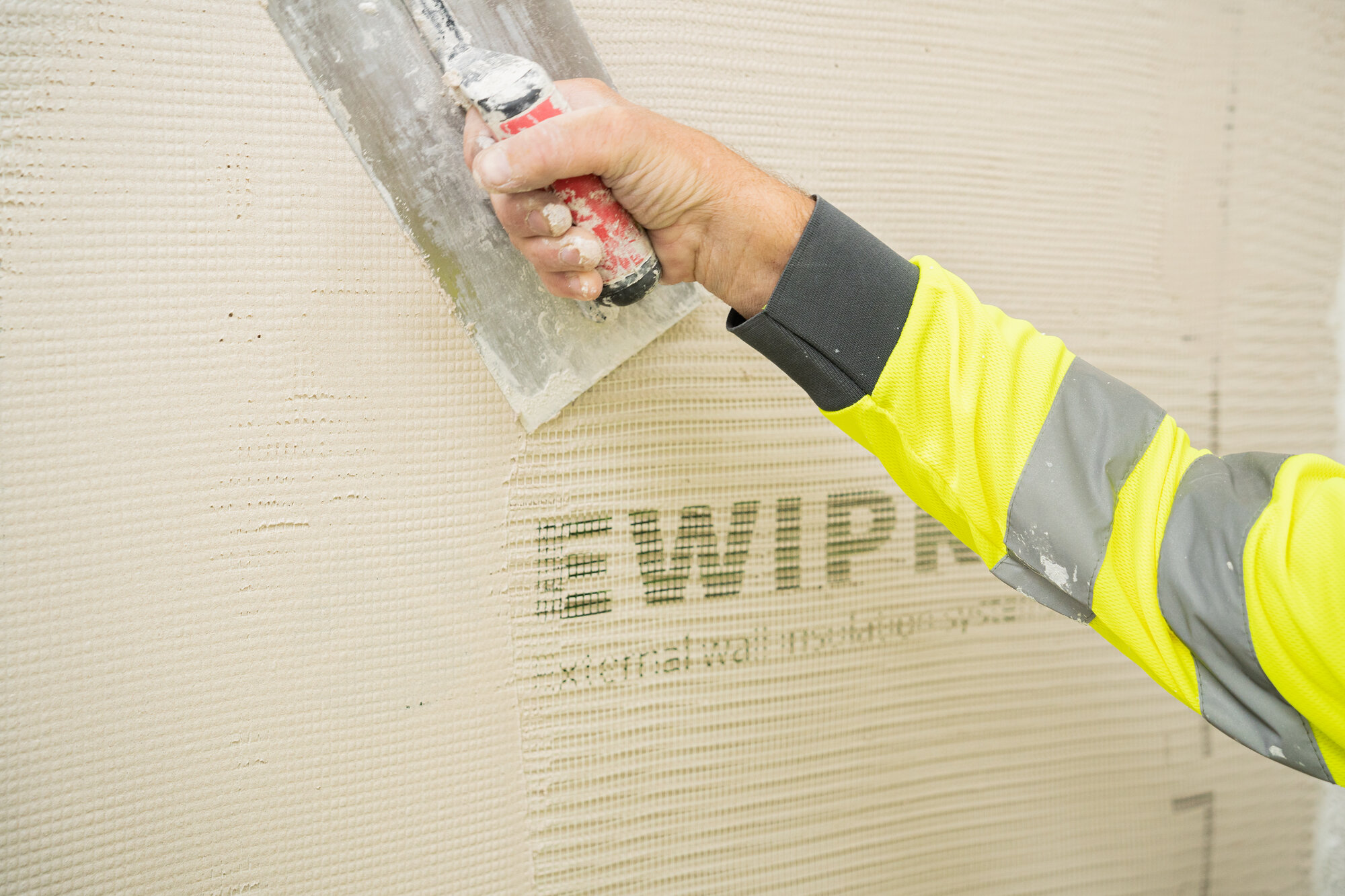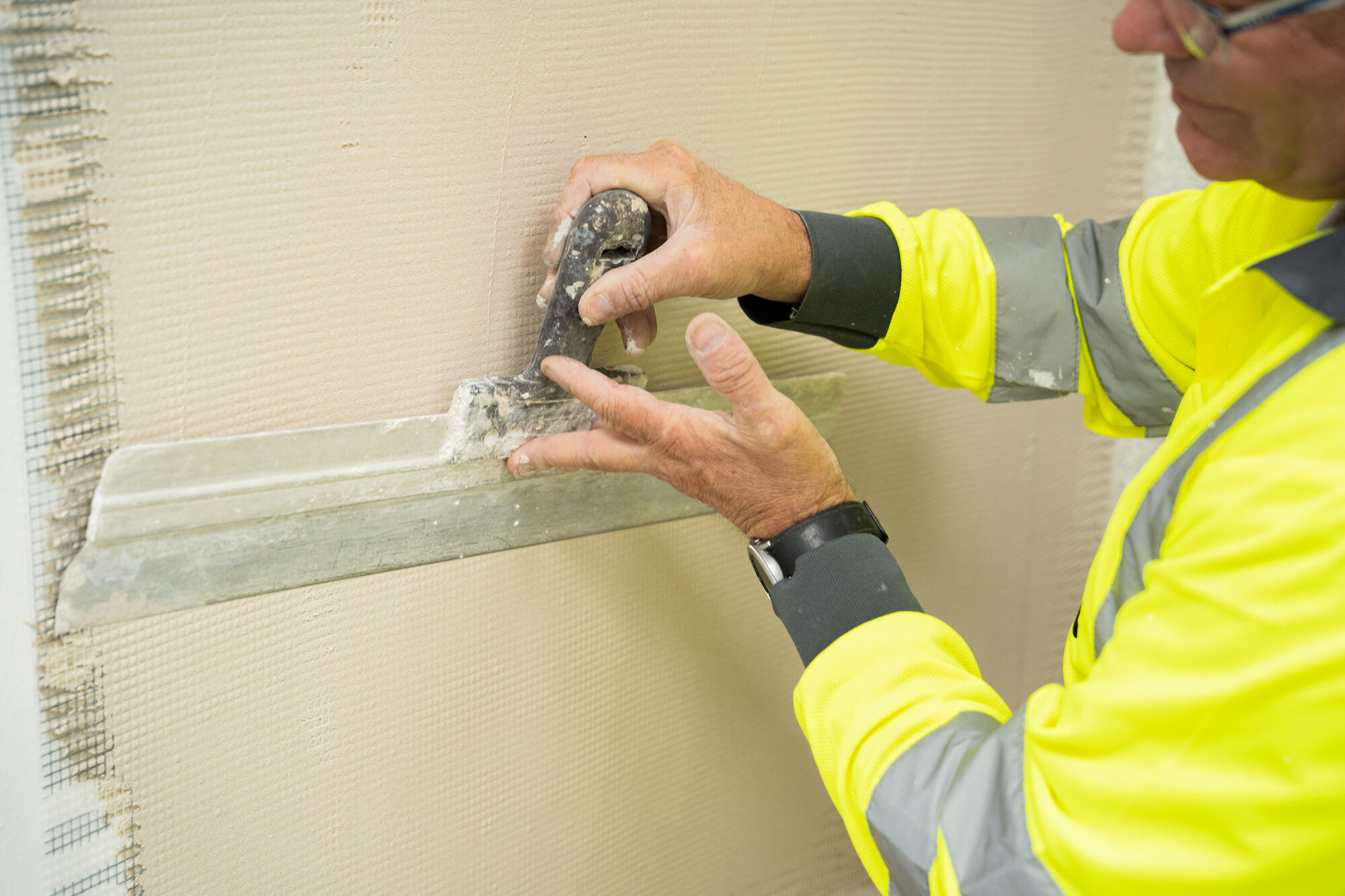
When it comes to construction, renovation, and DIY projects, having the right tools can mean the difference between a successful job and a frustrating experience. One tool that features prominently in many of these projects is the trowel. Not all trowels are created equal, however. Depending on the task, you may need a notched trowel, a regular trowel, or even something like a hawk, speedskim, skimming blade, render float, sponge float, render scraper, or EPS rasp. Understanding the uses and features of these tools will ensure that you pick the right tool for your project.
Notched Trowels
Notched trowels are a common sight in the tiling world. They feature a straight edge on one side and a notched edge on the other. The notches can come in different sizes, typically measured in square millimetres. These notches are designed to comb adhesive into standing ridges, ensuring an even distribution. This allows the tile to adhere better to the substrate. Square notched trowels are typically used for floor tiles, while U-shaped notches are commonly used for wall tiles. Notched trowels are also great for spreading adhesive onto insulation boards. They are particularly reserved for the full coverage technique as opposed to the dot and dab method of adhesive application. Notched trowels come in various sizes; the sizing assigned indicates the width of the notches and therefore, the width of the left ridges. The tile compresses and spreads the adhesive evenly into the troughs.
Regular Trowels
Regular trowels, also known as pointing or brick trowels, are generally used in bricklaying and other masonry work. They come with a flat blade that tapers towards a point, which is excellent for spreading mortar onto bricks or blocks and removing excess mortar from joints. Their comfortable handle and balanced design make them ideal for precision work.
There are variations which are specially designed for certain jobs. An elongated and tapered version of a regular trowel is great for floor screeds. The trowel is used to apply the screed material evenly over the entire surface of the floor, filling in any low spots or imperfections. The user then works the trowel back and forth across the surface to smooth out the screed material and create a flat and level surface. A pointed tip is excellent for applying and spreading screed in tight spaces or hard-to-reach areas, such as around corners, edges, or narrow gaps. The pointed tip also reduces screed marks. A regular trowel is often used to embed fibreglass mesh in the basecoat layer, which adds strength and flexibility to the assembly.
Hawks
A hawk is a tool used primarily for holding a supply of plaster, mortar, or a similar material close to the worker. It comprises a flat square plate with a handle underneath. The user applies the material onto the hawk and then scoops it off with a trowel or other tool as needed. It's extremely useful when working on ceilings or large wall areas.
At EWI Store, we stock a specialised hawk for vertical pointing and grouting. The triangular metal insert holds the grout securely in place. As a result, it's easier to apply.
Speedskims and Skimming Blades
Speedskims and skimming blades are flat, long tools used for smoothing and finishing plasterwork. The design allows you to cover large surface areas quickly, ensuring a smooth, even finish. They come in different lengths to suit the project size and the user's comfort. A speedskim also has a notched variety; the notches are specially designed to create a mechanical key in basecoats and adhesives. A key is crucial to ensure that the insulation boards adhere well.
Render Floats and Sponge Floats
Render floats, including sponge floats, are used to apply a textured finish to rendered surfaces. They have a flat, rectangular base with a handle on top. The base can be made from different materials like plastic, sponge, or even wood. A sponge float, specifically, is designed to create a fine-textured finish, particularly useful when preparing a wall for painting or wallpapering. It also aids in the removal of any trowel marks that may be visible on the render finish. Floats tend to help with ensuring that there's no discolouration of the render.
Scarifier
A render scarifier, also known as a scratcher or comb, is a tool used in the process of applying render or plaster to a surface, typically a wall. It is used after the first coat of render (also known as the scratch coat) has been applied and has begun to set but is not yet fully hard.
The scarifier is drawn across the surface of this scratch coat and scratches or scores the surface. The tool has multiple sharp teeth or spikes that create grooves in the render. These grooves provide a better grip for the next layer of render (the top coat), improving the bond between the two layers and helping to prevent delamination.
Render Scrapers
Render scrapers are used to create textured finishes on render or plaster. They feature a flat blade with multiple teeth on one edge, and they can produce a variety of effects, depending on the tooth shape and size. The main purpose of render scrapers is to scratch back monocouche scratch render. Monocouche scratch render is left to dry and consequently scratched back to achieve the desired texture.
EPS Rasps
EPS (Expanded Polystyrene) rasps are designed to shape and smooth EPS foam insulation boards. They have a sturdy handle and a flat surface that's covered with sharp protrusions for shaving off the EPS material. They are crucial for custom-fitting insulation boards in construction projects. Crucially, when you scrape back EPS, you will create a much better mechanical key. As a result, the basecoat will adhere better.
The best place to see some of these tools in action is EWI Store's and EWI Pro's YouTube channels.



